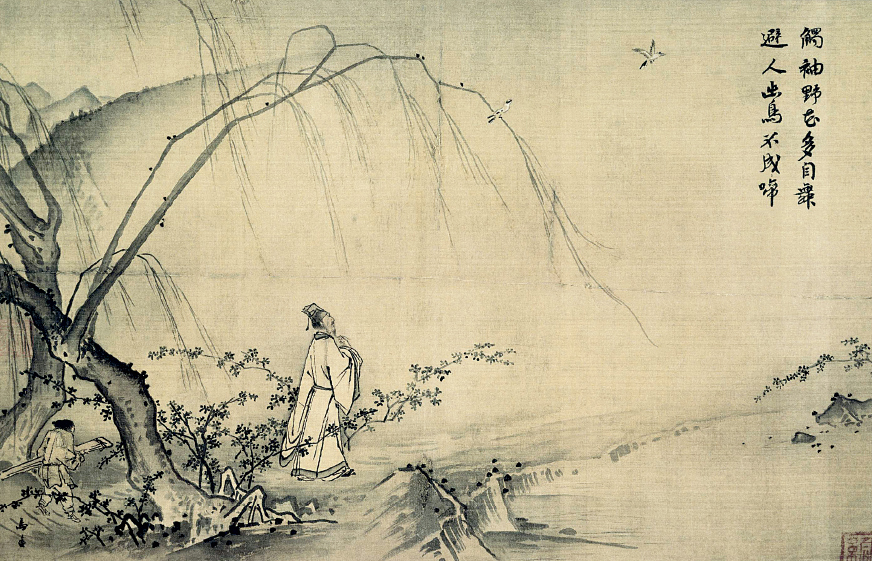Understanding World Societies:
Printed Page 368
The Scholar-Officials and Neo-Confucianism
The Song period saw the full flowering of one of the most distinctive features of Chinese civilization, the scholar-
To prepare for the examinations, men had to memorize the classics. They also had to master specific forms of composition, including poetry, and be ready to discuss policy issues, citing appropriate historical examples. Those who became officials this way had usually tried the exams several times and were on average a little over thirty years of age when they succeeded.

With spare, sketchy strokes, the court painter Ma Yuan (ca. 1190–
The invention of printing should be given some credit for the trend toward a better-
Among the upper class the availability of cheaper books enabled scholars to amass their own libraries. Song publishers printed the classics of Chinese literature. Works on philosophy, science, and medicine were also avidly consumed, as were Buddhist texts. Han and Tang poetry and historical works became the models for Song writers. One popular literary innovation was the encyclopedia, which first appeared in the Song period.
The life of the educated man involved more than study for the civil service examinations and service in office. Many took to refined pursuits such as collecting antiques or old books and practicing the arts. In the Song period, the engagement of the elite with the arts led to extraordinary achievement in calligraphy and painting, especially landscape painting. A large share of the social life of upper-
The Accomplishments of Notable Scholar Officials:
- Ouyang Xiu: wrote love songs, histories, and the first analytical catalogue of rubbings of ancient stone and bronze inscriptions
- Sima Guang: wrote a narrative history of China, twenty-
seven hundred poems, and eight hundred letters; was also an esteemed painter, calligrapher, and theorist of the arts - Su Song: constructed an eighty-
foot- tall mechanical clock that told the time of day, the day of the month, the phase of the moon, and the position of certain stars and planets in the sky
Besides politics, scholars also debated issues in ethics and metaphysics. For several centuries Buddhism had been more vital than Confucianism. Beginning in the late Tang period, Confucian teachers began claiming that the teachings of the Confucian sages contained all the wisdom one needed and that a true Confucian would reject Buddhist teachings. During the eleventh century many Confucian teachers urged students to set their sights not on exam success but on the higher goals of attaining the wisdom of the sages. Metaphysical theories about the workings of the cosmos in terms of li (principle) and qi (vital energy) were developed in response to the challenge of the sophisticated metaphysics of Buddhism.
Neo-